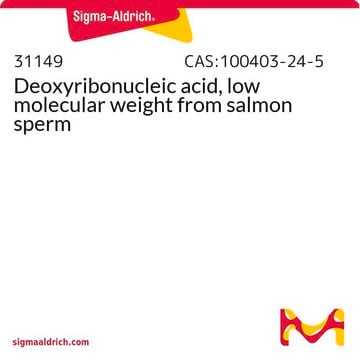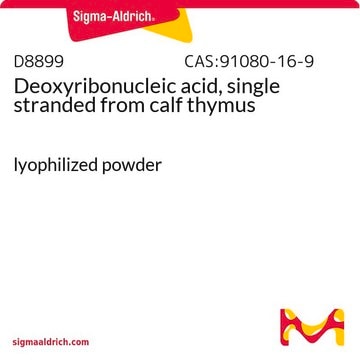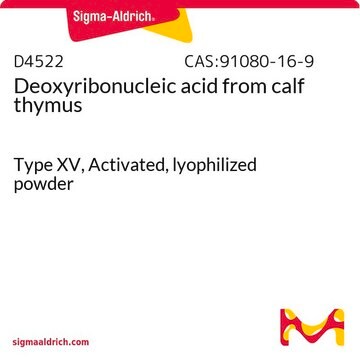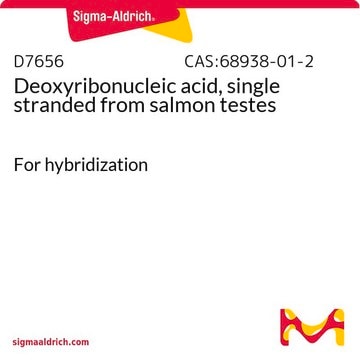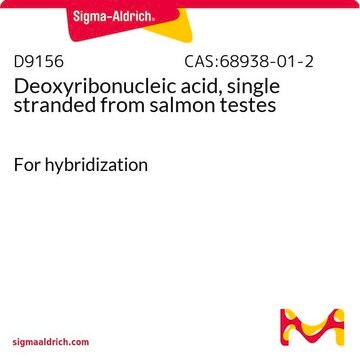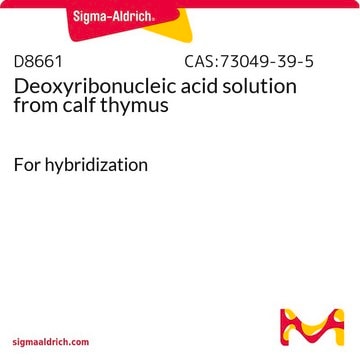The powder may be reconstituted in 10 mM Tris HCl buffer (pH 7.4) containing 1 mM EDTA. One gram of powder will swell to roughly 3 milliliters of resin.
Relatively high volumes are required to maintain a suspension; a range of 15 – 30 mL per gram of dry powder is typical.
For additional buffer recommendations, please refer to Methods in Enzymology, volume XXI, page 199 (1971).
Gravity flow through a disposable column is recommended for best results.
The use of a pump may cause the cellulose to compress, resulting in high back pressure and a very slow flow rate.
Please see the research papers linked below that describe the use of this product in purification applications.
https://journals.asm.org/doi/pdf/10.1128/mcb.16.10.5604
https://www.ncbi.nlm.nih.gov/pmc/articles/PMC1316966/
